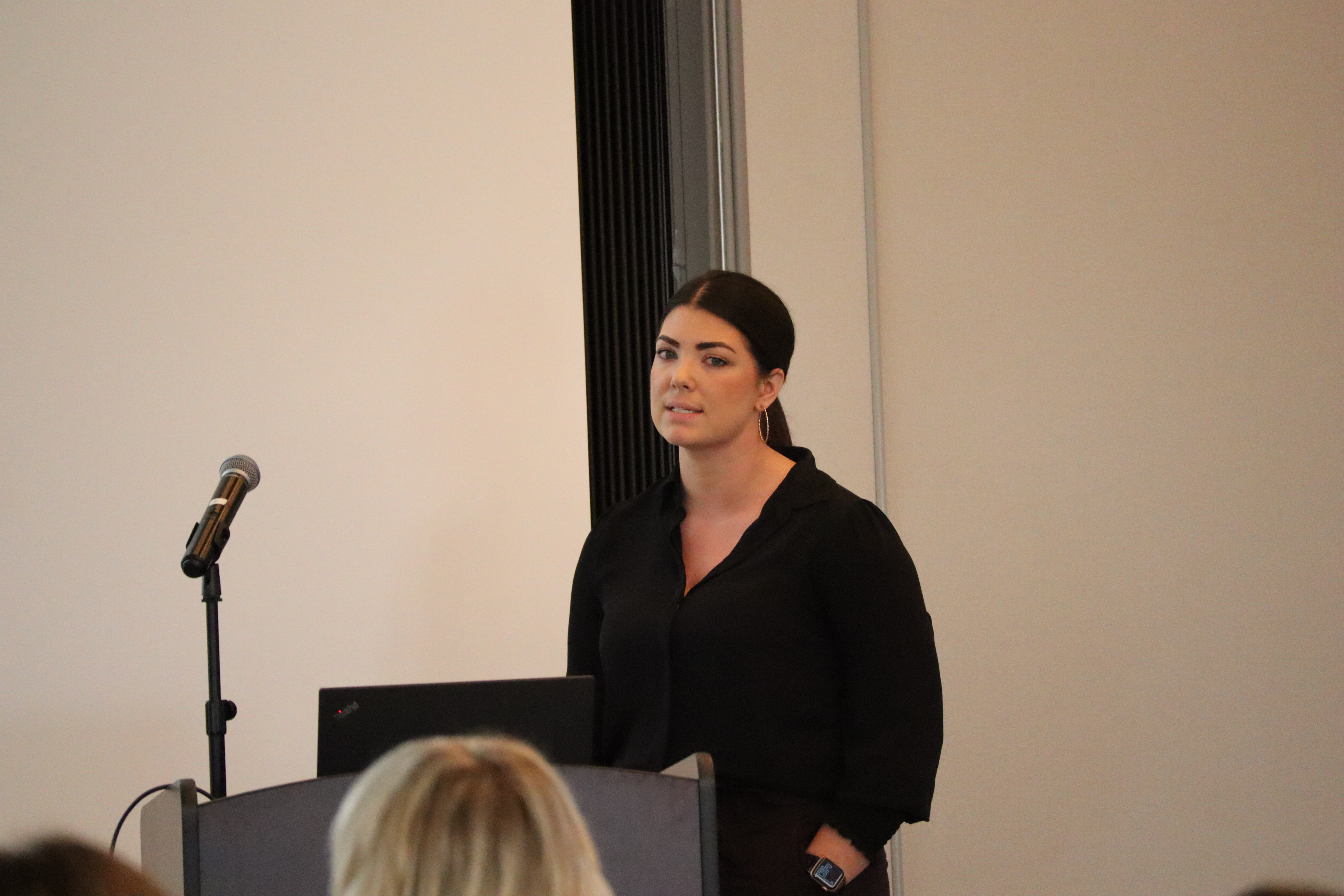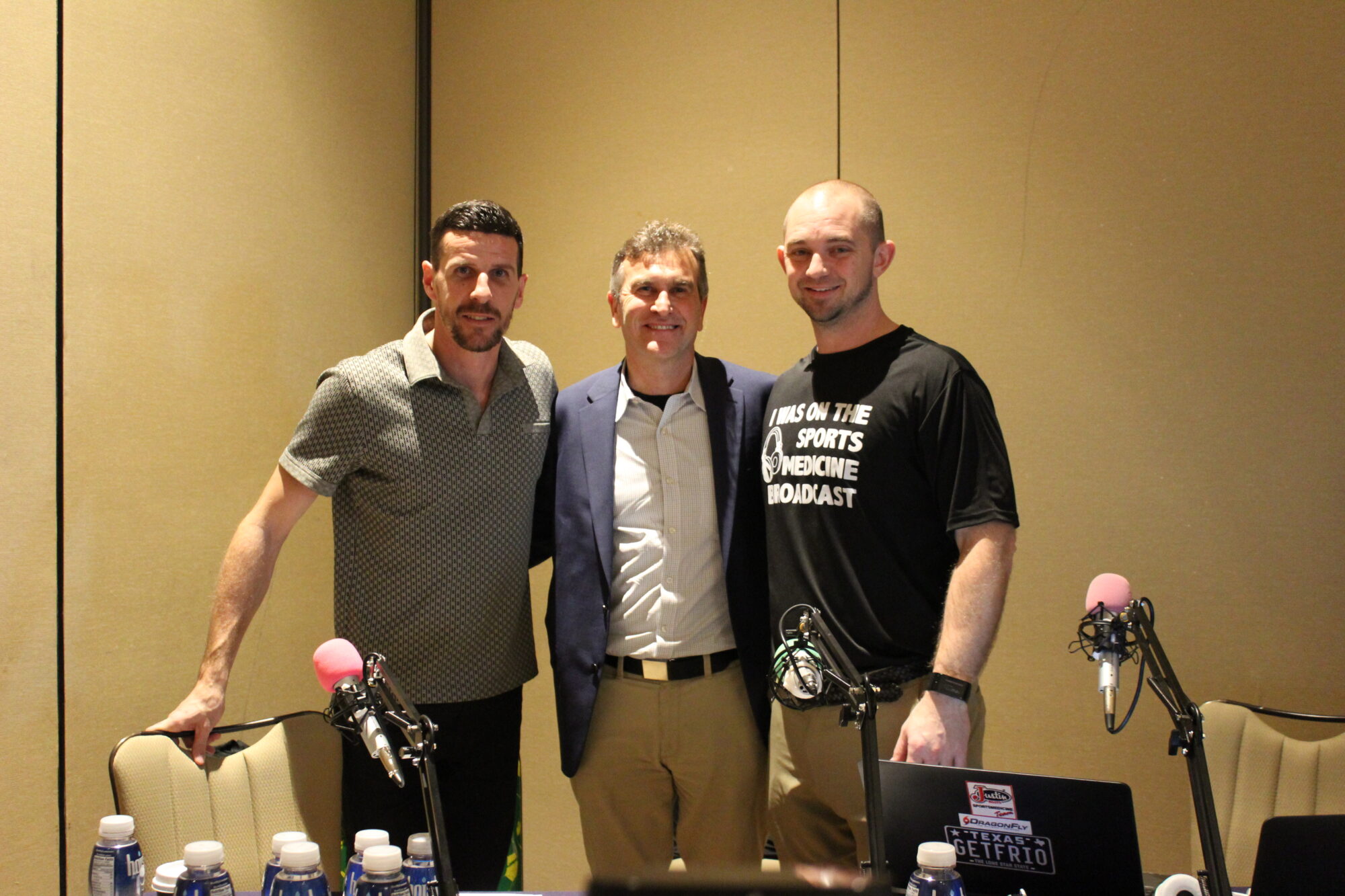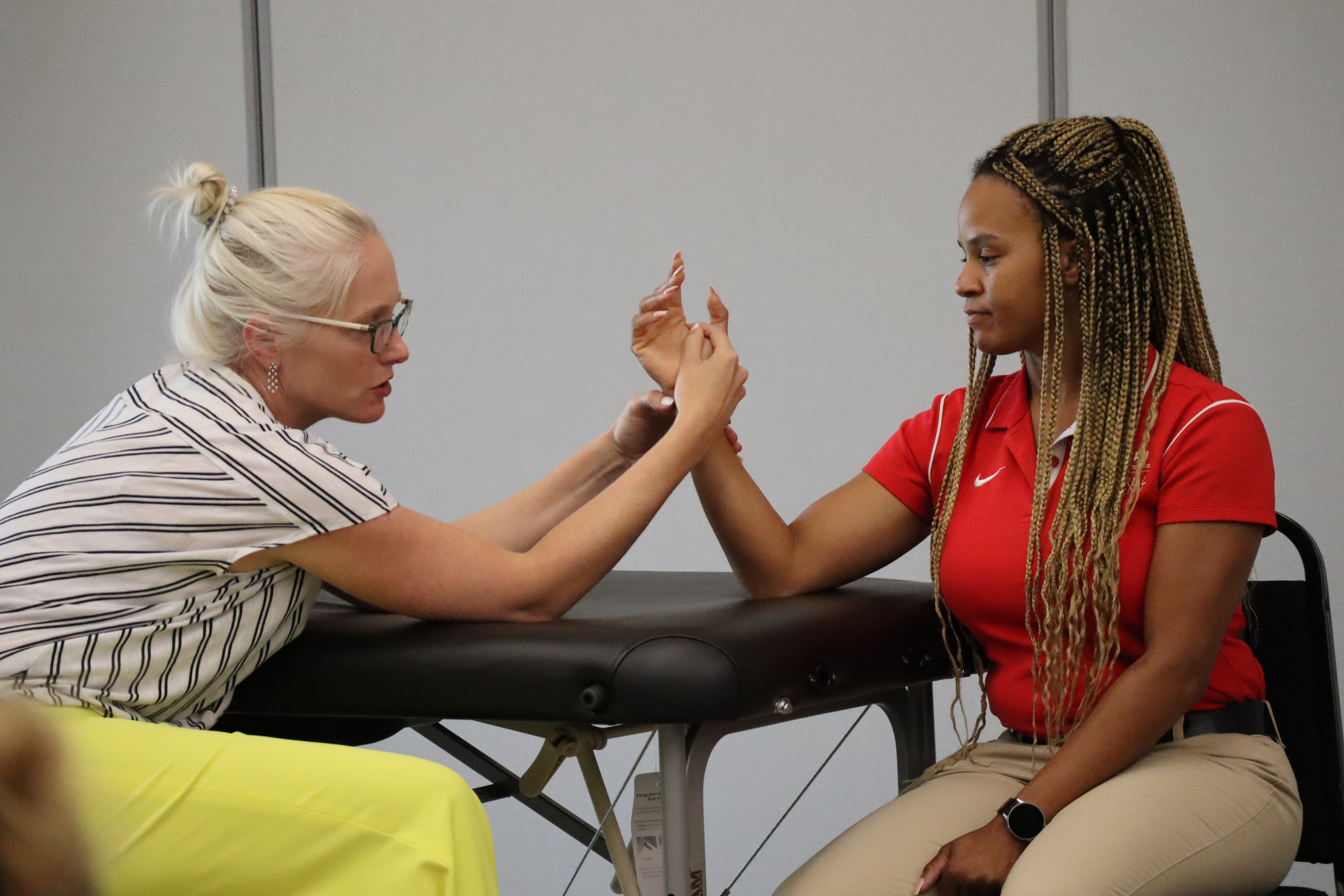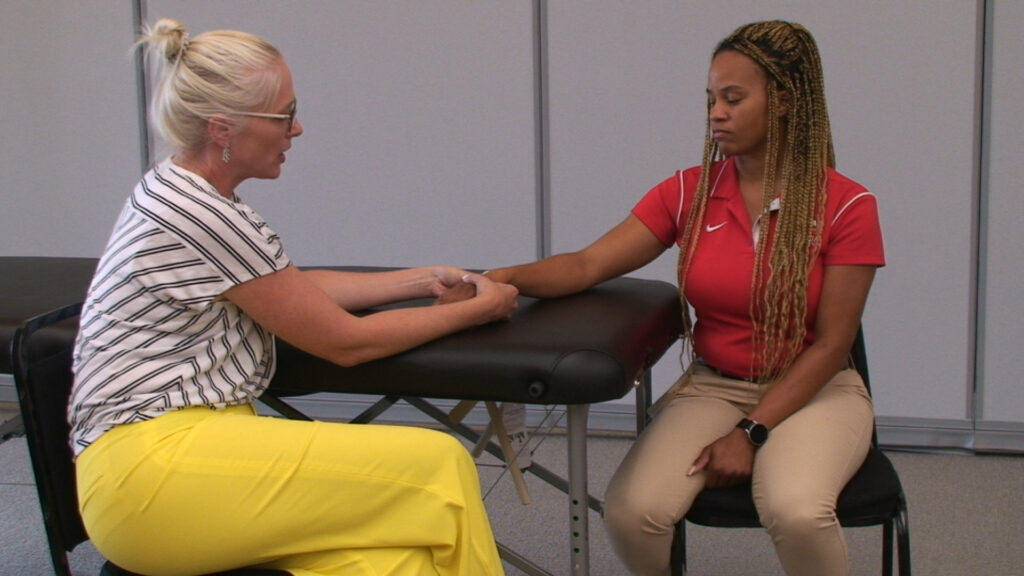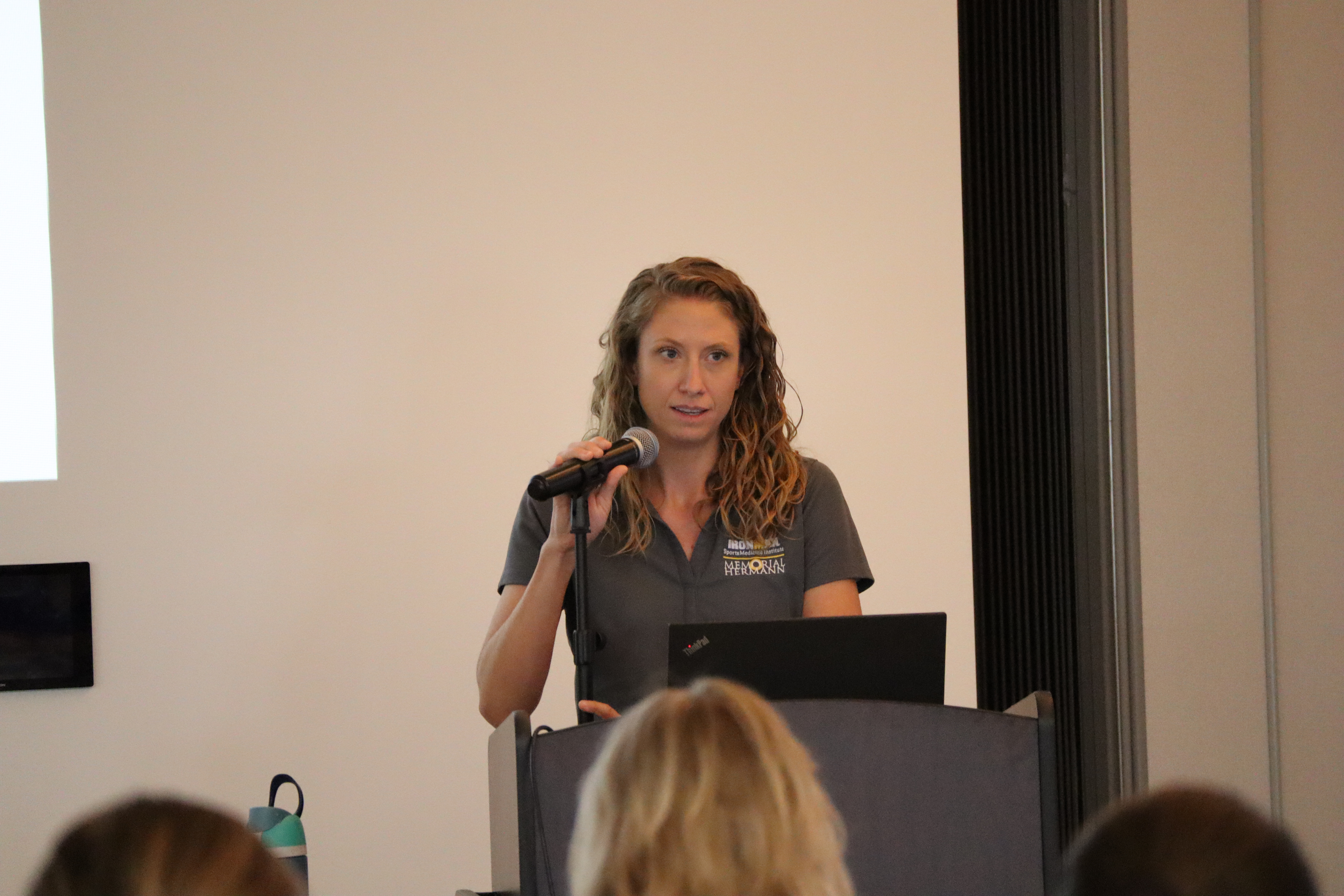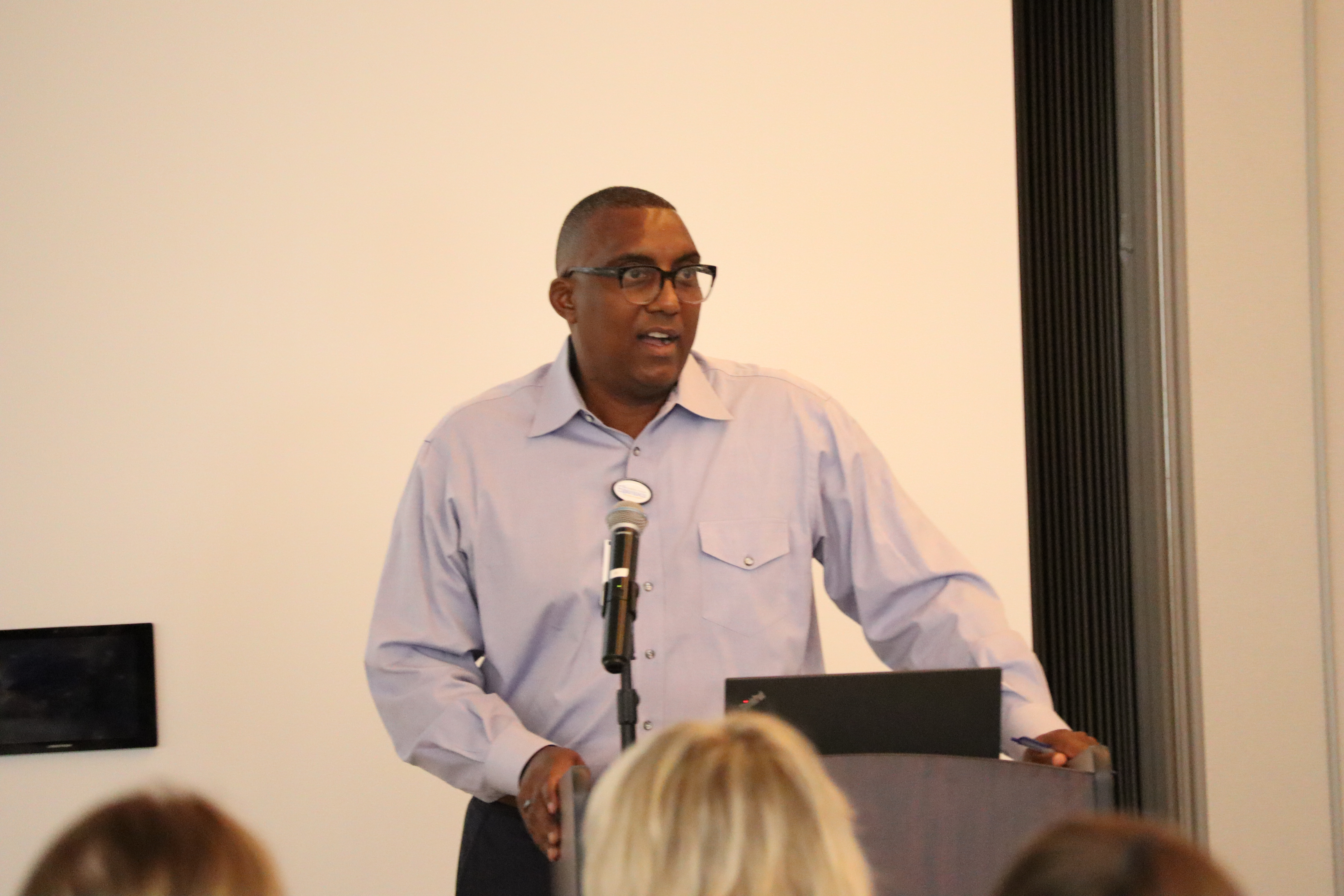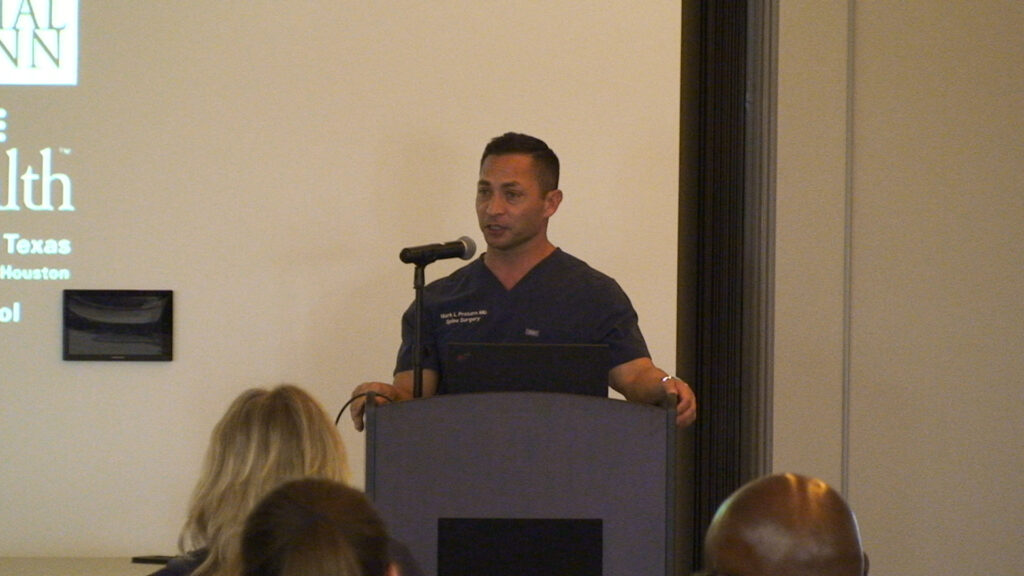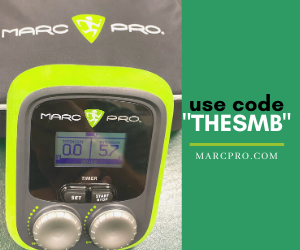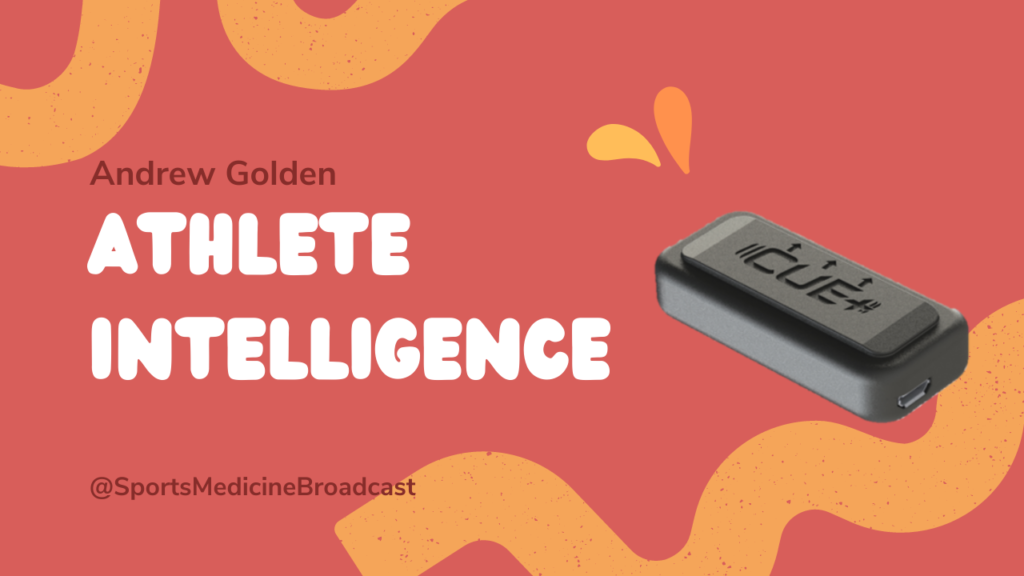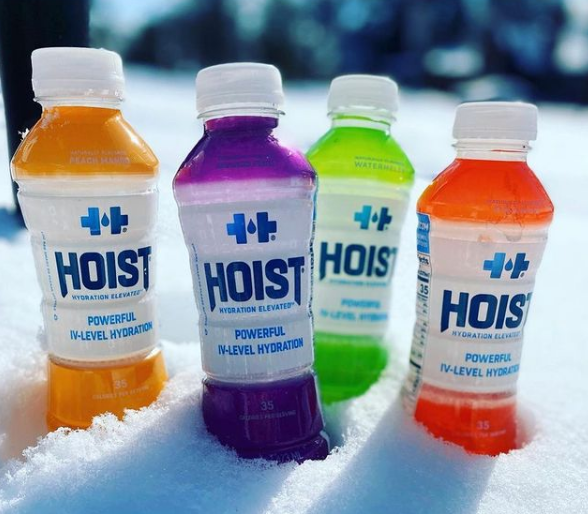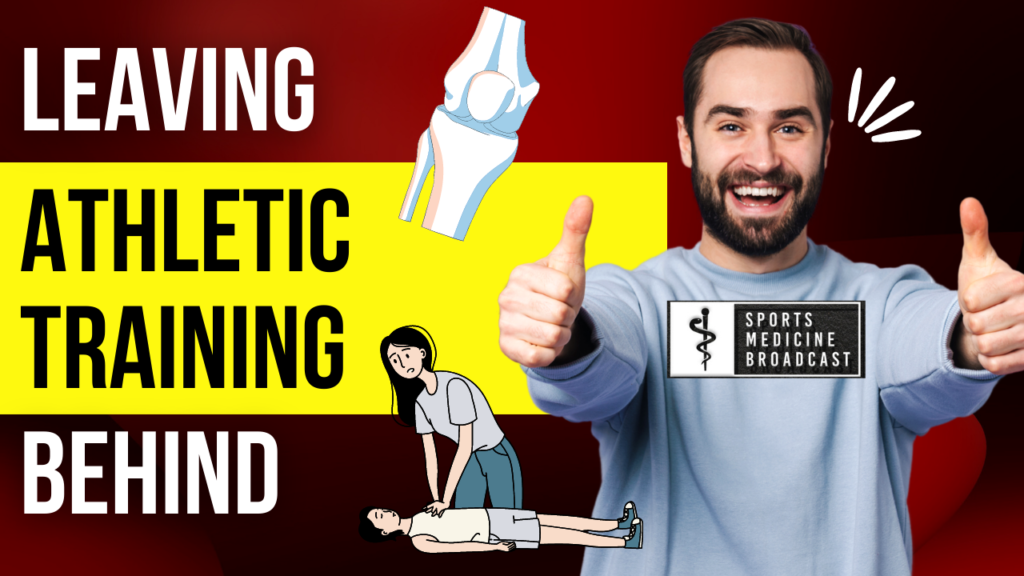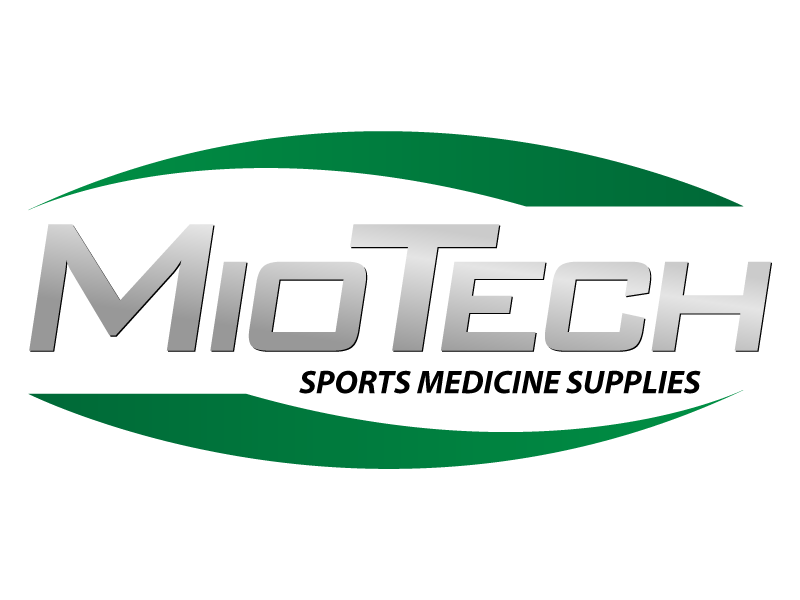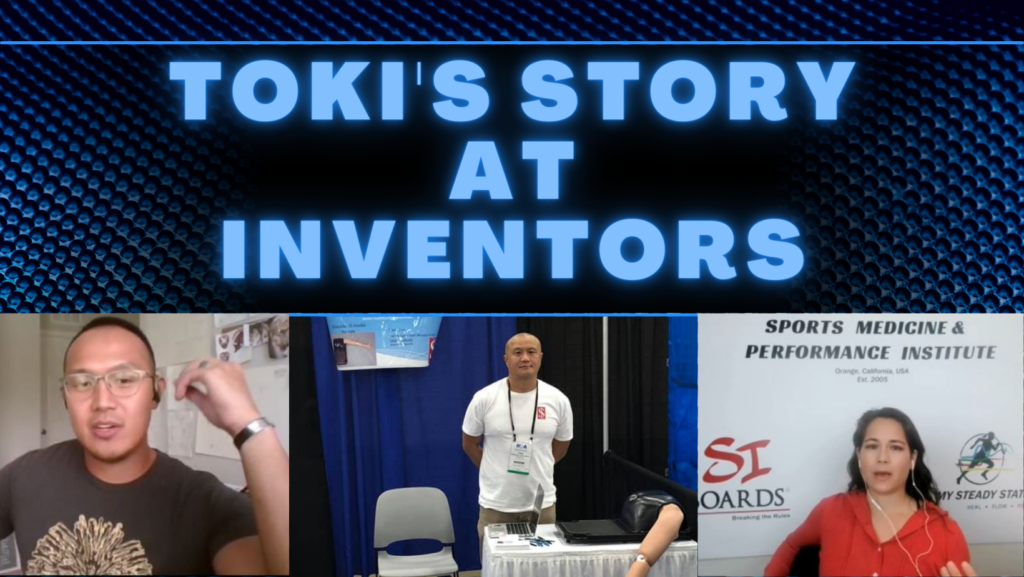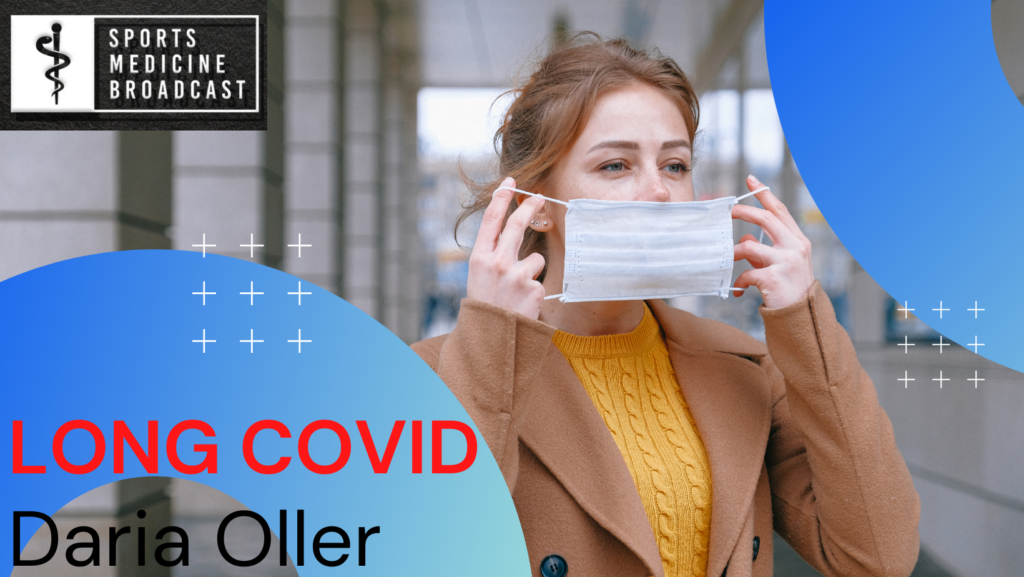Podcast: Play in new window | Download
Quad Inhibition and Muscle Atrophy can really slow down the recovery process. However, Jackie Kleihege and Jena-Claire Auten know it is essential for healing. Finding the balance between helpful and hurtful is kind of an art form.
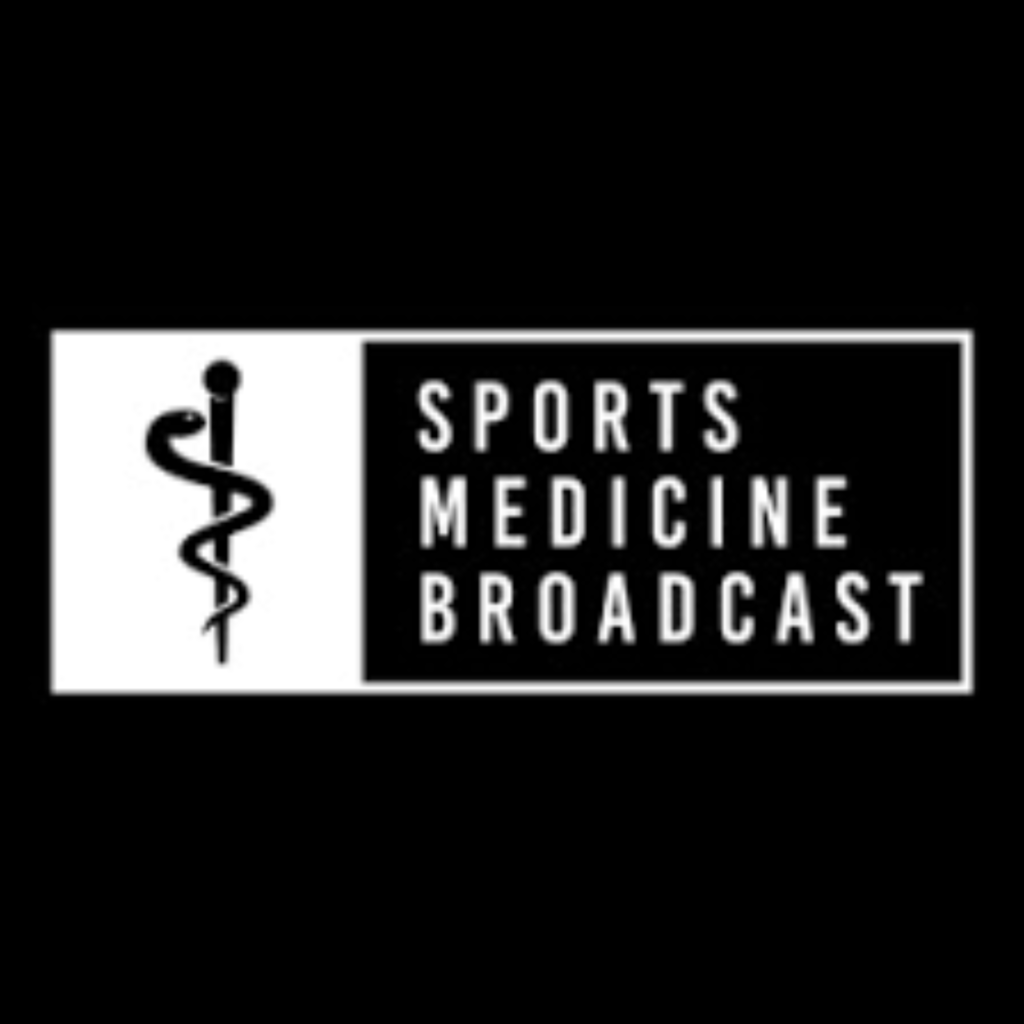
Looking at the timeline is essential so we can see the progress of where we have come.
What is the research showing us?
We do not have all the data yet from the quad tendon ACL
We have 10 years of data on it
What are some reasons we have inhibition?
In the acute phase, it looks about the same.
If we can interrupt the inhibition early then we have better outcomes
It is really hard to study the brain when we are studying the knee
How can we find this loophole or workaround to muscle atrophy?
Decrease swelling
Decrease local inflammatory response
ICE???
Is there a time frame where are going too fast in turning off the inflammation?
We still want the natural healing process to continue through that phase.
And then for that to quietly fade out.
NMES
JK: I have probably underutilized it most of my career.
I needed to give something more and then added NMES and made a difference.
What are your ideal volume and exercises to prevent muscle atrophy?
PRE-OP therapy is critical
There is not a magic wand protocol
Pre-Op nutrition is super important as well.
When we try to activate the quad and then the patient is absent for a week what is the problem?
Latency is key – I want those first 7 days like they are falling downhill, then I dial it back.
Often day 1 postop patients do not look bad, but then days 2-3 are worse.
JA: Genetics plays a role in the inflammation process.
Consistency is key, similar to Instagram and Facebook, they keep putting the ads in front of you and then you end up buying it…
Continue to use the same methods so the patients know what is coming and can buy in
Looking at the 12-16 week patient
OPEN KINETIC CHAIN – the type of graft makes a difference as well
I need to be able to read the signs and customize the options for them.
The goal is quad communication
Determining when to progress:
Biofeedback can help give visual and auditory feedback.
BFR:
It is really as good as they say.
The uses keep growing.
Femur fractures were one of the biggest changes on paper.
Watch the Muscle Atrophy presentation on the Sports Medicine Broadcast Facebook.
Contact Us:
Jena Claire Auten – JenaClaire.Auten@memorialhermann.org
Jackie Kleihege – jacquelyn.kleihege@memorialhermann.org
Contact Us:
Jeremy Jackson
Shawn Ready – shawnreadyatc@gmail.com
Dr. Mark Knoblauch – maknobla@Central.UH.EDU
Dr. Layci Harrison – lharris5@Central.UH.EDU
Bob Marley – Bob.Marley@uth.tmc.edu
ATCornerPodcast – ATCornerds@gmail.com
Joseph Eberhardt – eberhardtj@pearlandisd.org
Christina Fry – fryc@pearlandisd.org
These people LOVE Athletic Trainers and help support the podcast:
Frio Hydration – Superior Hydration products.
Donate and get some swag (like Patreon but for the school)
HOIST – No matter your reason for dehydration DRINK HOIST
MedBridge Education – Use “TheSMB” to save some, be entered in a drawing for a second year free, and support the podcast.
Marc Pro – Use “THESMB” to recover better.
These people LOVE Athletic Trainers and help support the podcast:
Frio Hydration – Superior Hydration products.
Donate and get some swag (like Patreon but for the school)
HOIST – No matter your reason for dehydration DRINK HOIST
MedBridge Education – Use “TheSMB” to save some, be entered in a drawing for a second year free, and support the podcast.
Marc Pro – Use “THESMB” to recover better.
